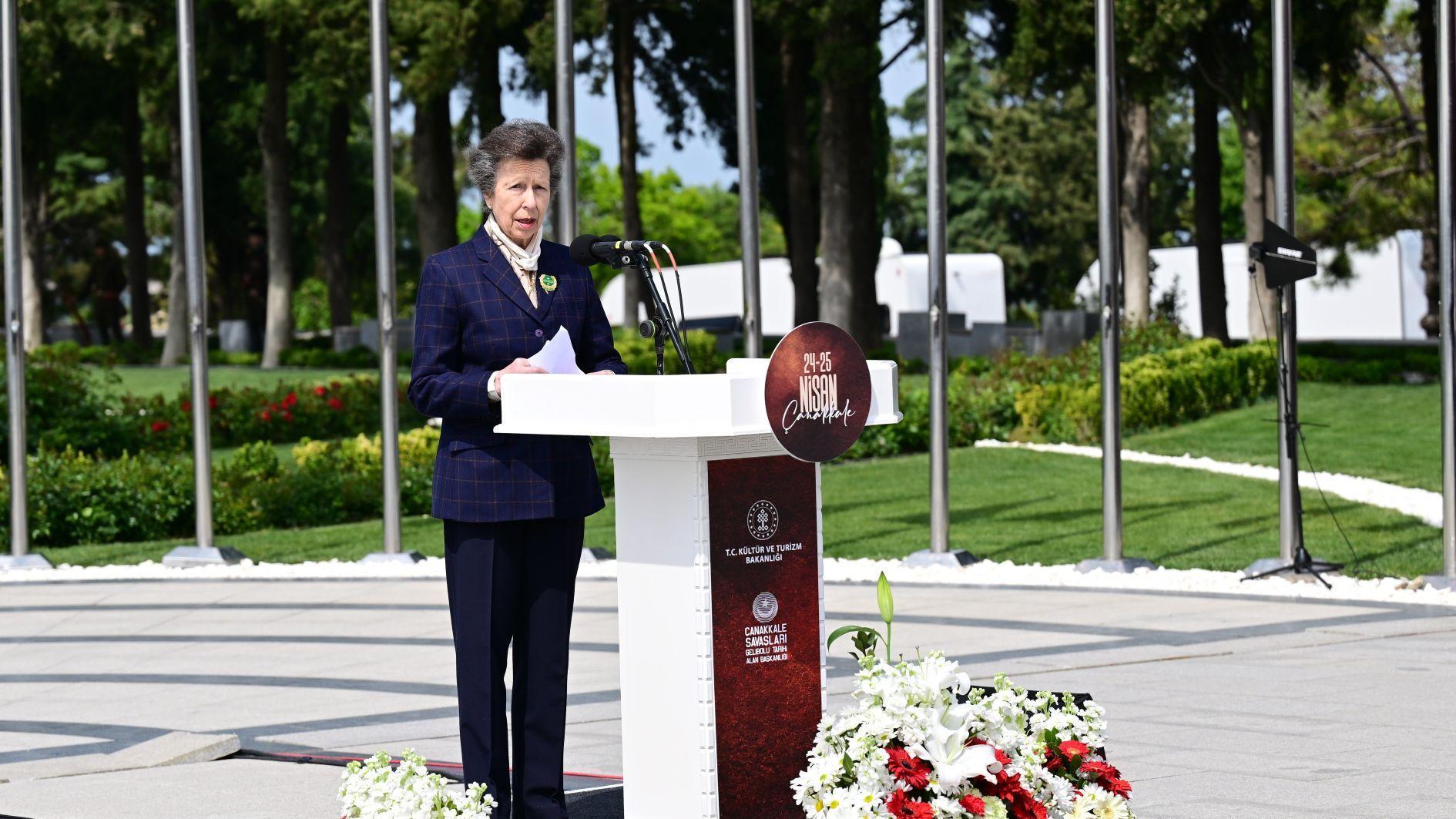Knowledge exchange in hyper-connected world
ISTANBUL

The times that we need creativity the most in our lives, art may be the only way to discover a new way of thinking.
Connect for Creativity, an 18-month project led by the British Council, in partnership with three creative hubs – ATÖLYE in Turkey, Bios in Greece, Nova Iskra in Serbia and Abdullah Gül University in Turkey.
As part of the program, “Translocal Cooperation” exhibition features works born from cooperation and knowledge exchange between Turkish, Greek, Serbian and British artists seeking translocal solidarity in a hyper-connected world. The project is co-funded by the European Union and Turkey, through the Intercultural Dialogue program.
The project aims to form a network of creative hubs across Europe to foster creative exploration and collaboration that contributes to building a more cohesive, open and connected civil society.
The artworks, created by Theo Prodromidis, Ioana Man, Yağmur Uyanık, Emmy Bacharach, Tamara Kametani and Georgios Makkas, employ a variety of media and technologies, from VR and 3D printing, to probiotic fermentation and ethnographic documentation.
Artist Uyanık’s work, titled “Selfmaking: Layers of Becoming With” is a 3D printed sandstone sculpture of a hybrid character created by fusing the digital models of two “original” sculptures at the British Museum. Her material sandstone is a delicate and fragile material, as opposed to those commonly used in 3D printing – plastics. Regarding using sandstone as a material Uyanık said: “With time, this sculpture will lose its details, form and perhaps even, meaning. It was chosen to emphasize ideas of ephemerality and temporality that are manifested within form and sound. Also, to make a further commentary on how we create limited edition objects to keep virtually forever, how we attribute certain values to them, and how that effort is really in vain.”
Narrative and collective memory
The artist’s 3D sculpture questions how individual narrative and collective memory are shaped through cultural property, cultural currency, and their inherent symbolic meanings. According to Uyanık, cultural references play a big role in determining our identity and the ways in which we construct collective memory and individual narrative.
“They affect the perception of ourselves, the way we encounter others, and the way we interact with the world,” she said, adding she sees self-making as a signifier of the ever-changing culture and expressing and questioning of those customs and values.
Uyanık said that going through these times of a global pandemic, our cognitive and emotional factors are changing, our cultural values and references are shifting. Human interactions, as well as those with cultural artifacts are being redefined. I think what I was trying to suggest with the piece is what is currently happening to culture, which perhaps makes it even more relevant now.
Uyanık’s piece emerged as a response to the place she was in while in Athens and in that sense it can be considered as a site-specific work, she said.
“Being in Athens pushed me to think about culture, its different representations derived from cultural codes and meanings in geolocational contexts.”
In a way the artist thought about how to gather all the knowledge in just one piece and add this knowledge to her artwork. Her work stands close to the notion of the exhibition putting an effort to a new path understanding connectivity and interculturality in society.
The exhibition can be seen online at Furtherfield Gallery, which is London’s longest-running center for art and technology.
















